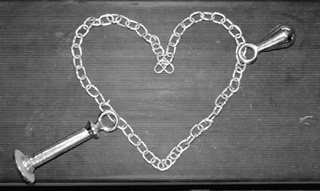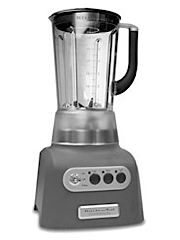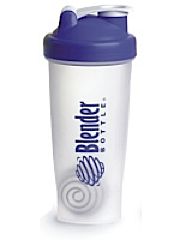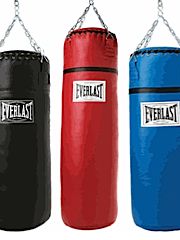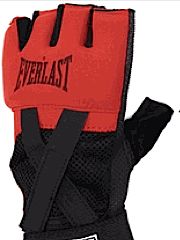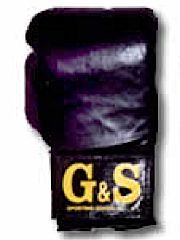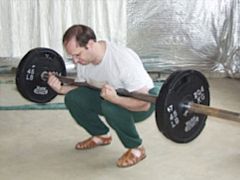 I'm travelling for a couple of weeks (back around March 15). In the meantime, here are a few hidden gems from the archives.
I'm travelling for a couple of weeks (back around March 15). In the meantime, here are a few hidden gems from the archives.
Enjoy.
The Zercher Squat
This is the first in a series of Timeless Exercises; a collaboration with Run to Win's Blaine Moore. The Zercher Squat.
What is the Zercher Squat?
To the uninitiated, the Zercher Squat is a strange beast. Instead of the bar being held across the shoulders (slightly higher or lower for Olympic Weightlifters, Bodybuilders and Powerlifters); it's held in the crook of your arms. The inside of your elbows, if you like.
This is somewhat painful (although you do get used to it a little), however it's an extremely effective exercise. As Louie Simmons notes in Dead Lift Secrets :
It teaches you exactly how to squat. It teaches you to push your knees apart. Push your chest up. Push your buttocks out. The whole nine yards.
Origins
The Zercher Squat was one of the many cruel and unusual exercises created by St Louis strongman Ed Zercher (1902 - 1995). Zercher's own home gym resembled a junkyard more than a basement, and was filled with such toys as anvils, wrecking balls and assorted pieces of machinery. Sounds perfect.
Technique
This is one of the rare exercises where using a thick bar actually makes it more comfortable. A strongman yoke with an adjustable crossbar is great; a thick (2.5" - 3") barbell is also a good choice.
The lift comprises two stages, although it is common to see only the second one being performed in gyms.
The weighted bar begins on the floor, and is deadlifted (using a conventional, or shoulder-width stance) to a point a little above the knee. Aim for the lower quad muscles, rather than your kneecaps.
Slowly squat down; balancing the bar at this point on your lower thighs. Slide your arms under the bar until it reaches your elbows. Now stand up.
Simply reverse the process to complete the exercise. That's one rep.
NB : You may notice that this movement resembles the action of lifting a heavy stone, and it can be a great way to help train for such an event.
How to hold the bar
Regardless of how you hold the bar, there'll be some pain involved. Whilst you can probably ignore it when there's 50kg on the bar, it's a different story when the bar weighs 200kg.
There are three things to consider here. Experiment with them and find the combination that feels right to you. They are :
How your hands are -
- as fists
- clasped together
How your forearms are -
- crossed over
- bringing your hands together
- straight ahead (or at a slight angle)
What the bar is resting against -
- your skin
- a board
- something soft, such as a towel
The videos below show a variety of these combinations.
Videos
The following videos will give you an idea of the various techniques that people are using for this wonderful exercise :
Power Circuit Training
Josh Henkin and Keats Sniderman
(partial Zercher Squat shown)
Zippy Videos
(130kg partial Zercher Squat shown)
Exercises You've Never Tried #18
T-Nation staff
425lb x 2 partial Zercher Squat [streaming, 1.3mb .flv download]
Old training clips compilation from Chub
Other 'Zercher' exercises
There are several other exercises which use the same method of holding the bar. Try a few of these :
- Zercher Lunges
- Zercher Good Mornings
- Zercher Situps
- Zercher Deadlifts (simply start with the loaded bar on the ground, squat down and hook your arms under it, then stand up)
Of course, the original Zercher Squat is still a personal favourite. Definitely a keeper.
Resources
Finnish Power
(thanks Kris)
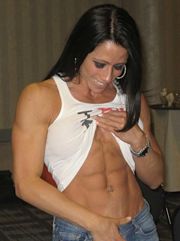

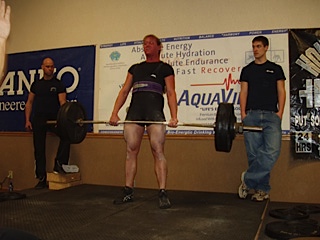

 This is a guest post by bodybuilder, writer and lover of all forms of fitness -
This is a guest post by bodybuilder, writer and lover of all forms of fitness -  Stats
Stats
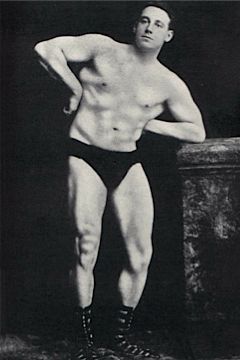 Thomas Inch (1881 - 1963) was a Strongman, Bodybuilder and Circus Performer in the early 20th century. In addition to his time with the iron, he wrote a number of superb books and articles; and is often credited with the introduction of plate-loading barbells and dumbbells to the general public.
Thomas Inch (1881 - 1963) was a Strongman, Bodybuilder and Circus Performer in the early 20th century. In addition to his time with the iron, he wrote a number of superb books and articles; and is often credited with the introduction of plate-loading barbells and dumbbells to the general public. Thomas Inch (1881 - 1963) was a Strongman, Bodybuilder and Circus Performer in the early 20th century. In addition to his time with the iron, he wrote a number of superb books and articles; and is often credited with the introduction of plate-loading barbells and dumbbells to the general public.
Thomas Inch (1881 - 1963) was a Strongman, Bodybuilder and Circus Performer in the early 20th century. In addition to his time with the iron, he wrote a number of superb books and articles; and is often credited with the introduction of plate-loading barbells and dumbbells to the general public.
